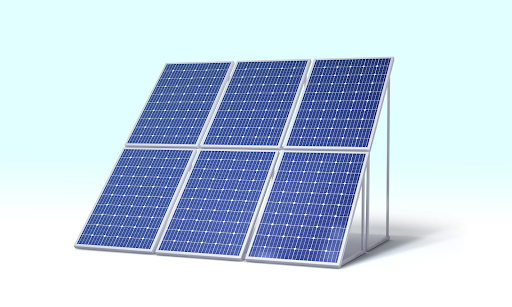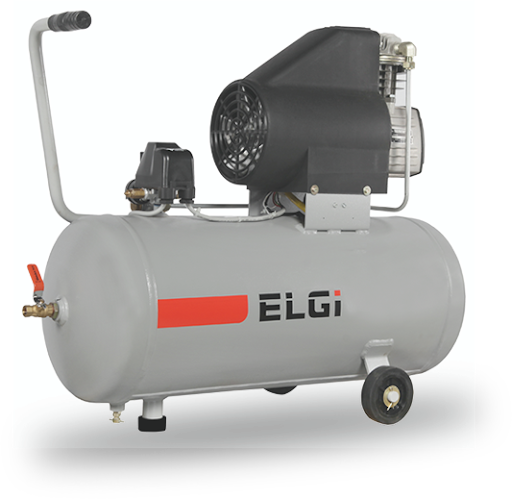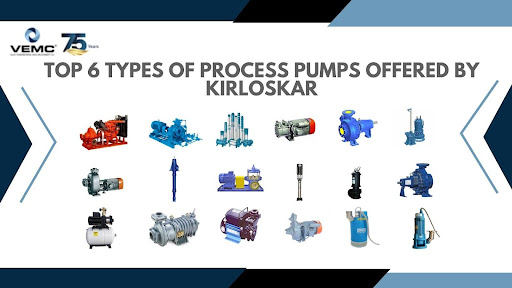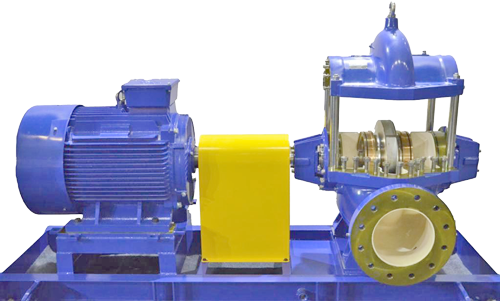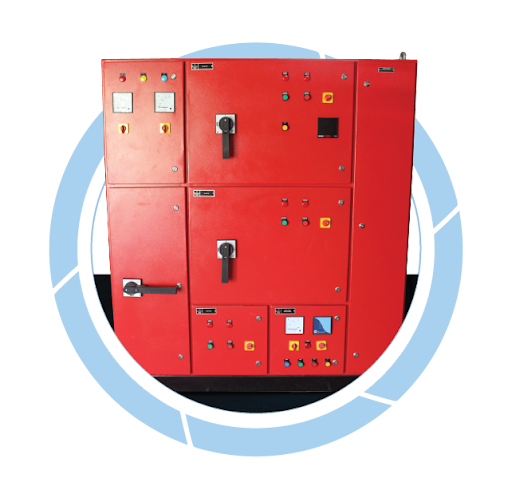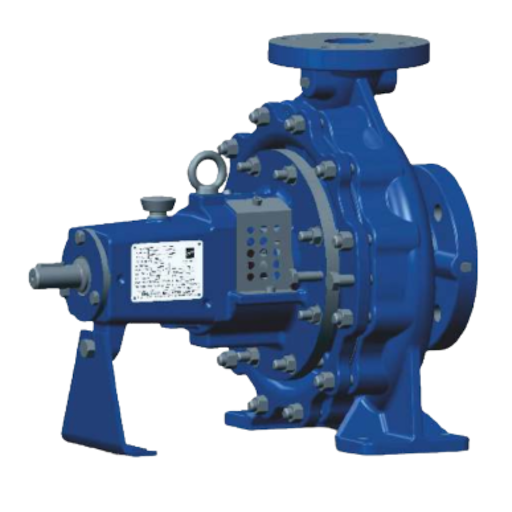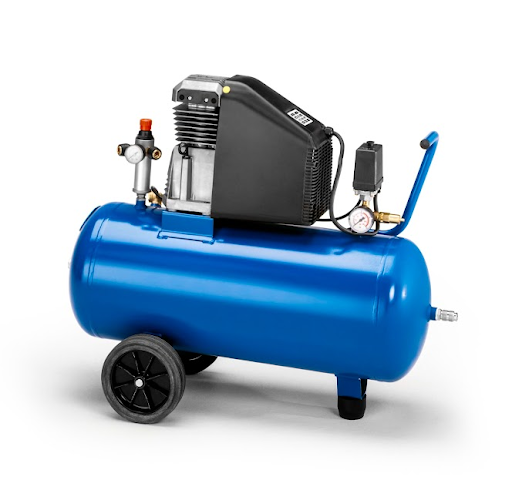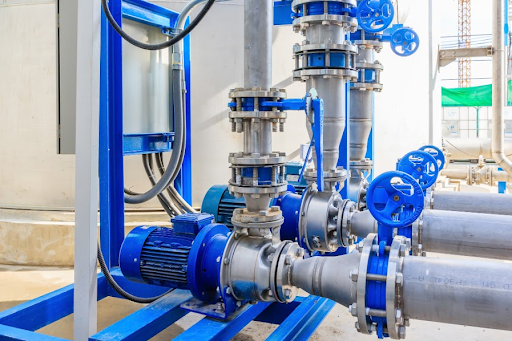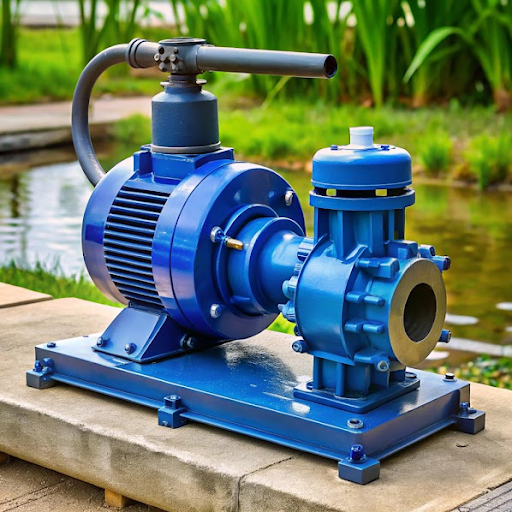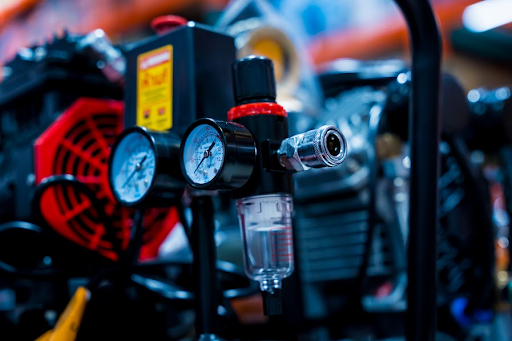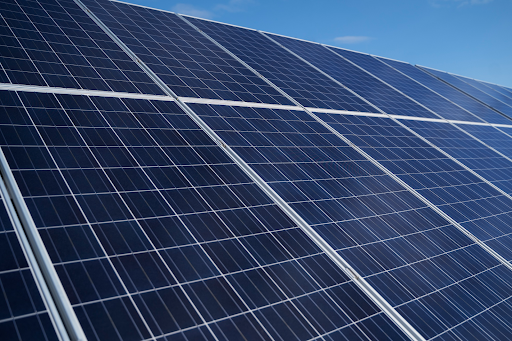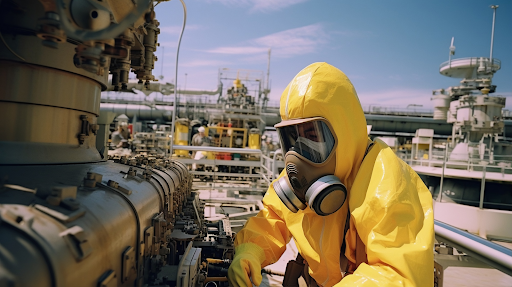
The chemical manufacturing industry relies heavily on compressed air for processes such as conveying, agitation, mixing, packaging, and instrumentation. In such a critical environment, even the slightest oil contamination can compromise product quality, safety, and compliance. That’s why many facilities are now shifting to oil-free air compressors, eliminating the risk at the source rather than relying solely on filtration components like an oil separator for compressor.
Below, we explore why oil-free compressors are essential for chemical plants, the relevant industry standards, and the long-term benefits they offer.
The Role of Compressed Air in Chemical Manufacturing
Compressed air powers various operations in chemical plants, from pneumatic controls and instrumentation to material conveying and packaging. In such high-stakes environments, the purity of compressed air directly impacts product safety, process efficiency, and regulatory compliance.
Risks of Oil Contamination in Chemical Processes
Oil contamination in compressed air can:
- Alter chemical composition, causing defective batches.
- Damage sensitive equipment, increasing downtime.
- Lead to costly rework or product disposal.
- Causes safety hazards if oil interacts with reactive substances.
In regulated sectors like pharma or food-grade chemicals, even a tiny oil trace can result in failed audits and loss of certifications.
ISO 8573-1 Class 0 Standards Explained
ISO 8573-1 defines the purity levels for compressed air. Class 0 is the strictest standard, allowing zero detectable oil content, both in aerosol and vapour form. Achieving this requires advanced oil-free technology that ensures absolutely clean air without relying solely on downstream filtration.
Safety Needs in Hazardous & Explosive Environments
Chemical plants often operate in hazardous areas with flammable gases and volatile compounds. Oil-free compressors eliminate the risk of oil vapor ignition, improving workplace safety and meeting stringent ATEX and other safety regulations.
Benefits of Oil-Free Compressors
- Contamination-Free Air: No oil in the compression process means no risk of product contamination.
- Lower Maintenance: Without oil carry-over, filters last longer, and piping stays cleaner, reducing service needs.
- Reduced Downtime: Fewer maintenance interventions mean more uptime and productivity.
- Regulatory Compliance: Easier adherence to ISO, GMP, and environmental safety standards.
ELGi Oil-Free Models for Chemical Plants
As one of the leading ELGi air compressor dealers, VEMC offers a range of oil-free compressors designed for critical industries. ELGi’s Class 0 certified models combine energy efficiency with robust build quality, ensuring dependable performance in demanding environments. For applications requiring maximum air purity, we also provide oil separators for compressors to enhance system reliability.
Why Choose VEMC as Your Compressor Partner
As trusted compressor dealers, we not only supply high-quality ELGi equipment but also handle installation, commissioning, preventive maintenance, and breakdown support, ensuring your system runs flawlessly from day one.
Get in Touch with our Team
Have questions or looking for consultation? Our team is here to help you with ELGi air compressors. Contact us today at +91 8976951701, +91 98199 07445 or 022 43117133. Alternatively, email marketing@vemc.co.in.


